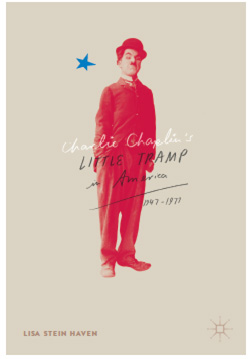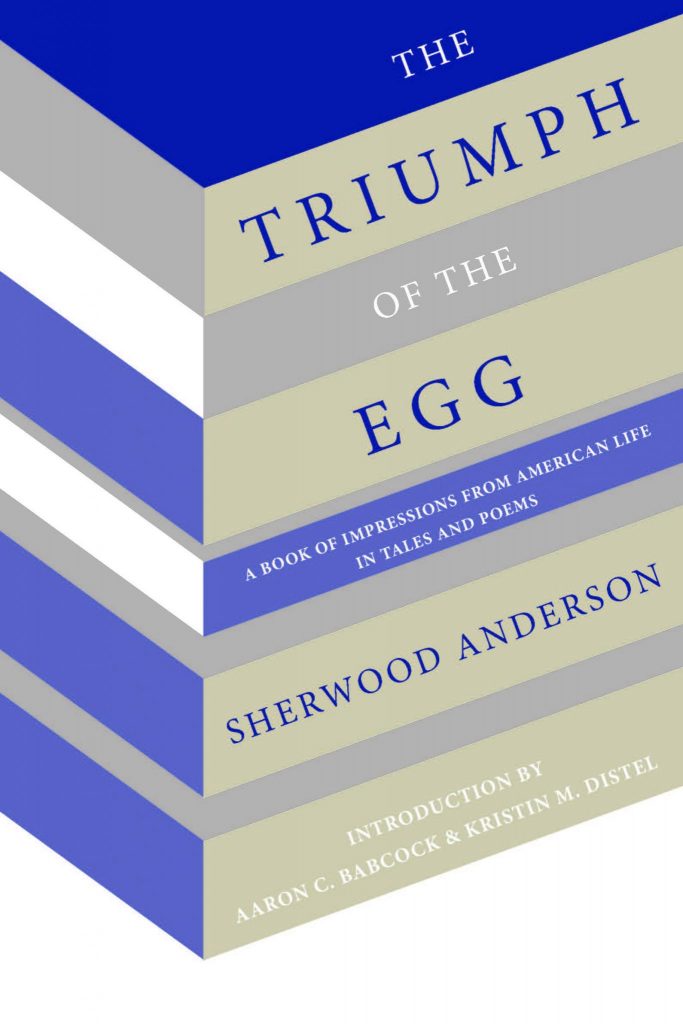by Kristin M. Distel
Dr. Lisa Stein Haven, associate professor of English at Ohio University Zanesville, will publish in November 2016 Charlie Chaplin’s Little Tramp in America, 1947-77, her third book on a Charlie Chaplin-focused topic. Haven, a widely recognized expert on Chaplin and the genre of silent film, has been researching Chaplin and silent film comedy for 17 years.

Dr. Lisa Stein Haven, author of Charlie Chaplin’s Little Tramp in America, 1947-77
Haven’s book, the product of four years of research and writing, highlights the significance of the Little Tramp and the character’s longstanding prominence in American culture. “This is not a period of Chaplin scholarship that has been considered before,” Haven remarks.
The Changing Tides of Chaplin’s Popularity
“The Little Tramp is important because he appealed to a large group of people over all cultures, classes, and races,” Haven explains. She attributes his broad appeal in part to his contradictory appearance: the Little Tramp’s costume suggests that he is trying to appear wealthy, but his outfit is piecemeal, composed of mismatched and ill-fitting castoffs. The Little Tramp’s “everyman” appearance and demeanor was an instant hit with audiences. In 1915, Haven notes, Charlie Chaplin was the most popular person in the world. “It was the Year of Chaplinitis, and he rode that tide for a long time. However, he developed an interest in politics after the Great Depression, and this got in his way.” Indeed, Chaplin’s reputation eventually became tarnished by accusations of Communist leanings.
 In this book, Haven dispels the notion that the Little Tramp ever truly disappeared from the national consciousness. It is true, Haven notes, that “Chaplin had a period of downturn during the 1940s in the United States because he liked to do the opposite of what was approved of or expected. He played into America’s fears about Communism because he liked to be the devil’s advocate in some ways.”
In this book, Haven dispels the notion that the Little Tramp ever truly disappeared from the national consciousness. It is true, Haven notes, that “Chaplin had a period of downturn during the 1940s in the United States because he liked to do the opposite of what was approved of or expected. He played into America’s fears about Communism because he liked to be the devil’s advocate in some ways.”
Many people mistakenly believed that this marked the end of Chaplin’s fame in America. The truth, Haven asserts, is that “there was always a group of people who loved Chaplin, and they brought that to the fore just before he left the United States permanently in 1952.” The point of the book, then, is to trace this resurgence over time.
A Helping Hand from James Agee and the Beat Poets
Haven attributes the continued interest in the Little Tramp to several factors, including the support of James Agee. Agee, Haven notes, championed Chaplin and his work throughout the 1940s. In particular, Agee supported Chaplin’s 1947 film, Monsieur Verdoux, which became a cult classic and reignited interest in Chaplin’s work. In 1949, Haven explains, Agee wrote an essay for Life titled “Comedy’s Greatest Era” that further established the Little Tramp as a staple of American culture.
Chaplin also received a surprising show of support in the 1960s from the Beat Poets, who used Chaplin as a motif in their poetry. Many Beat Poets “took him up as emblem and focused on the anti-authoritarian aspect” of Chaplin and the Little Tramp, says Haven. They called Chaplin an anarchist and enemy of the state, though it was never Chaplin’s intent to be particularly seditious. “He was not even using the Little Tramp character after 1940,” Haven remarks. Haven notes that she was surprised at the sheer number of Beat Poets who were referring to Chaplin and the Little Tramp in their work. Indeed, poet Lawrence Ferlinghetti, who used the Little Tramp as a figure for the poet in his work, recently wrote Haven and claimed affinity for Chaplin.
‘This Character Is Not Going Away’
The book’s main assertion, then, is the long-standing importance and the cultural permanence of the Little Tramp.
“This character is not going away,” Haven maintains. “If it was going to go away, it would have in the 1940s.” Indeed, Chaplin’s star is still on the rise.
“We just celebrated 100 years of the Little Tramp in Bologna, Italy with scholars from around the world,” Haven remarks. Further, all of Chaplin’s archives have been digitized, and Chaplin’s World Museum in Switzerland welcomed 100,000 visitors in its first year. His popularity shows no sign of diminishing in America, either. In 2010, Haven coordinated the first Charlie Chaplin conference ever to take place in the United States. The conference, which Haven hosted at OHIO’s Zanesville campus, welcomed scholars and visitors from all over the United States and 11 other countries.
New Project on ‘the Grandfather of Slapstick Comedy’
Haven is currently at work on a new book on the French silent comedian Max Linder who, despite being deemed “the Grandfather of Slapstick Comedy,” is generally overlooked and unknown. Linder started filming in 1905, nine years before Chaplin, and appeared in more than 300 films. Haven explains that she chose Linder as her next subject of study because there is no book on Max Linder in English, and “it’s high time for a full-length book treatment.” Haven formed a collaboration with a scholar from the EYE Film Museum in Amsterdam who is working on a Linder filmography, which will be included in the book, along with a biography and an analysis of Linder’s films.
Charlie Chaplin’s Little Tramp in America, 1947-77 will be available from Palgrave Macmillan, Amazon, and other booksellers in November 2016.



















Comments